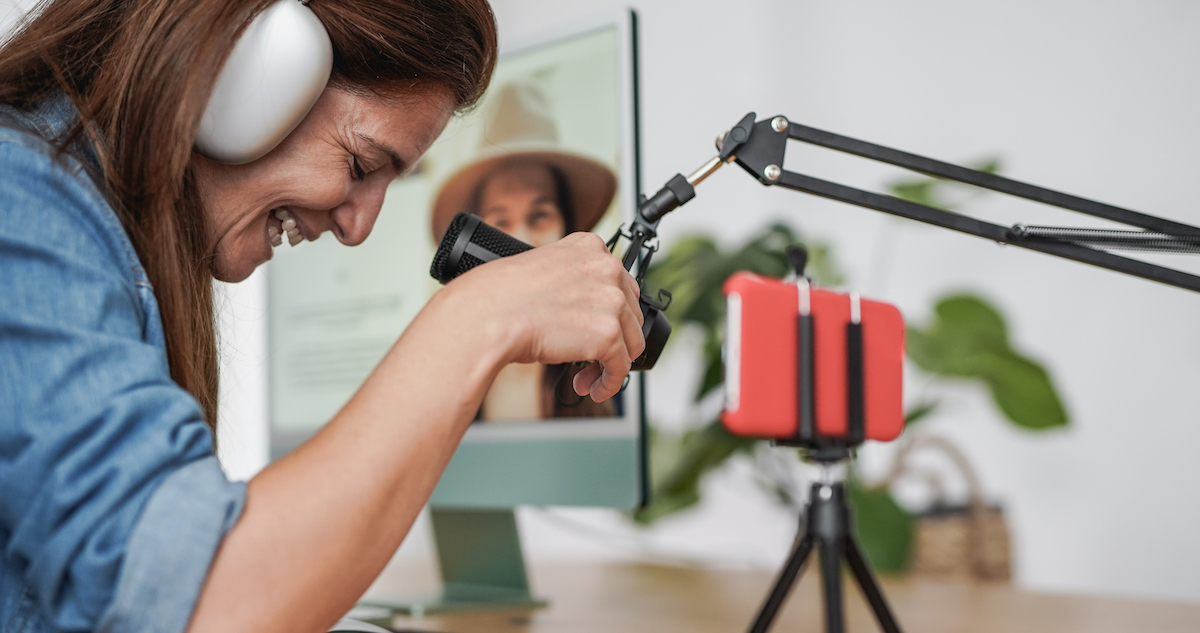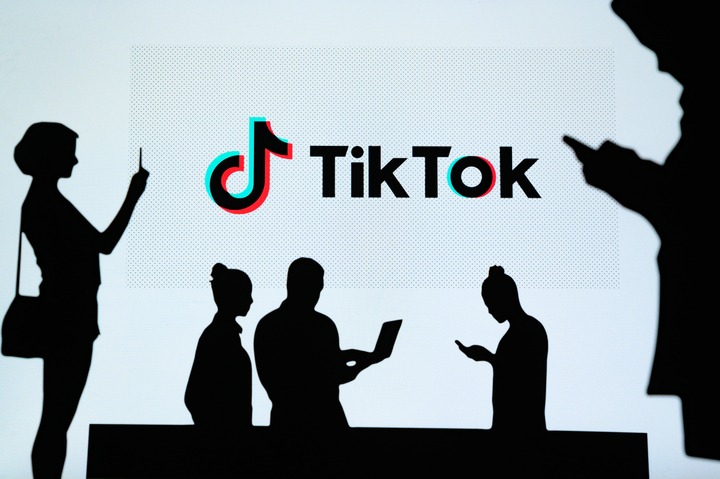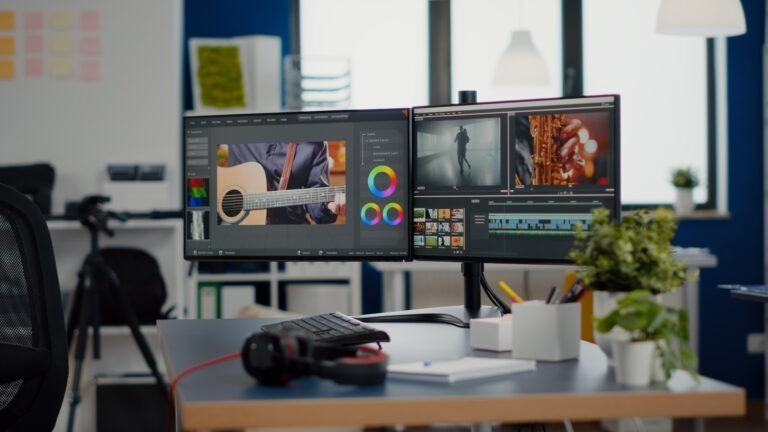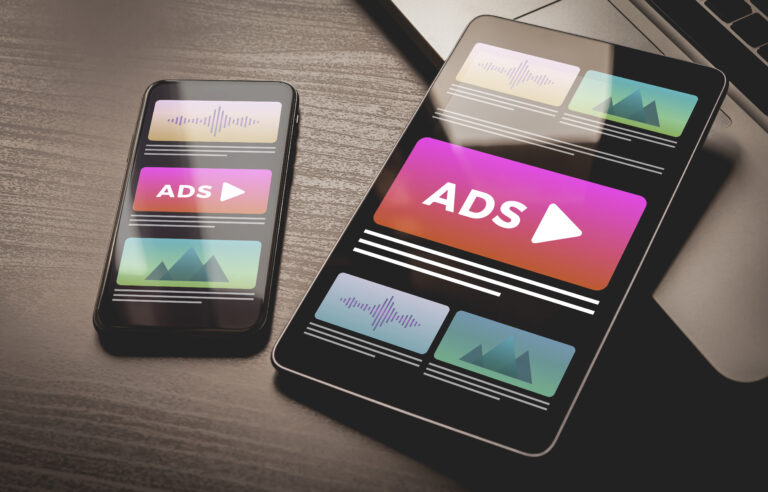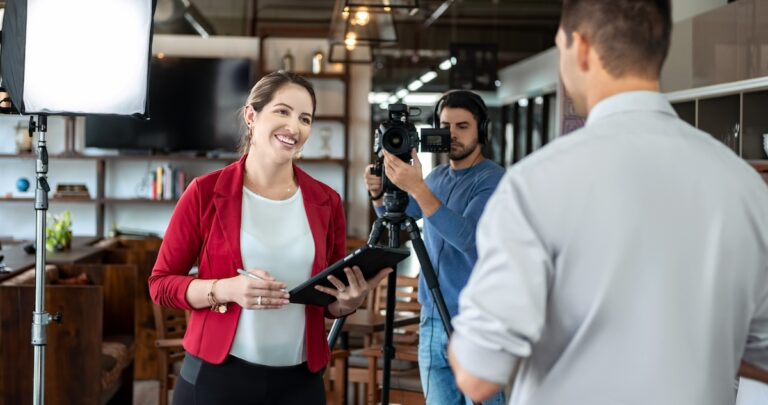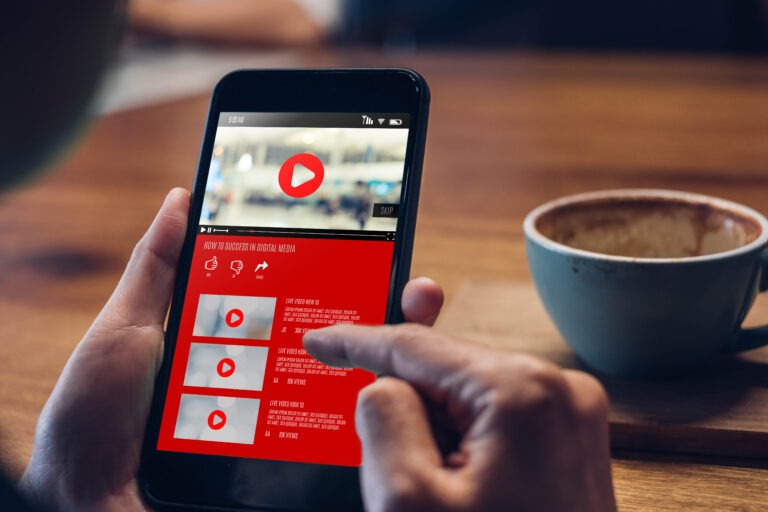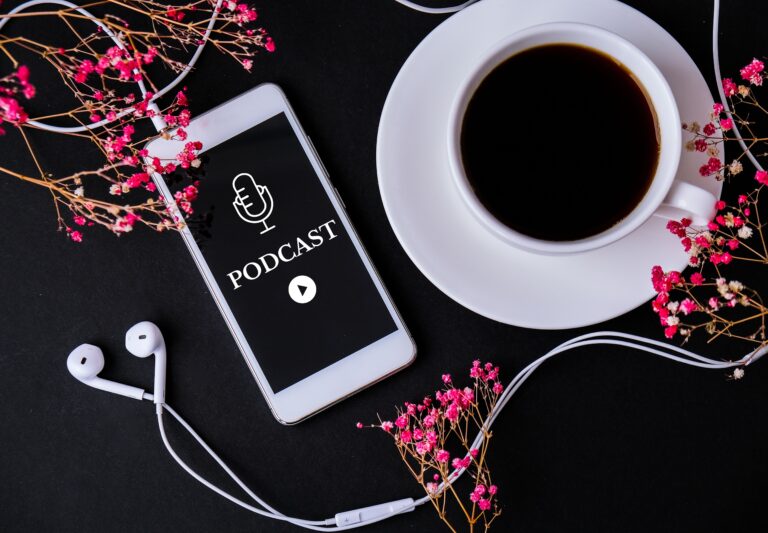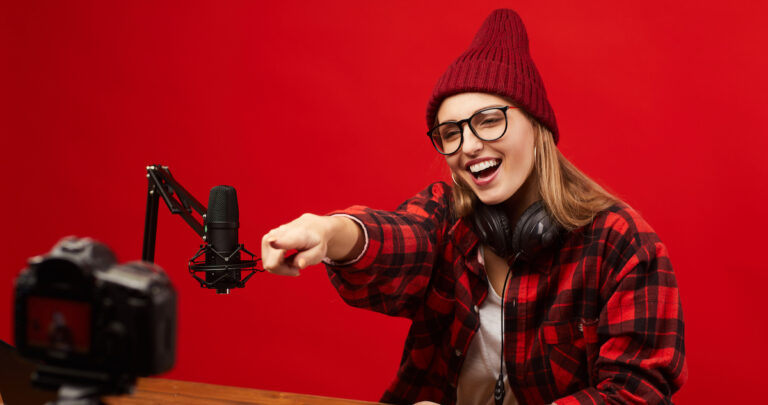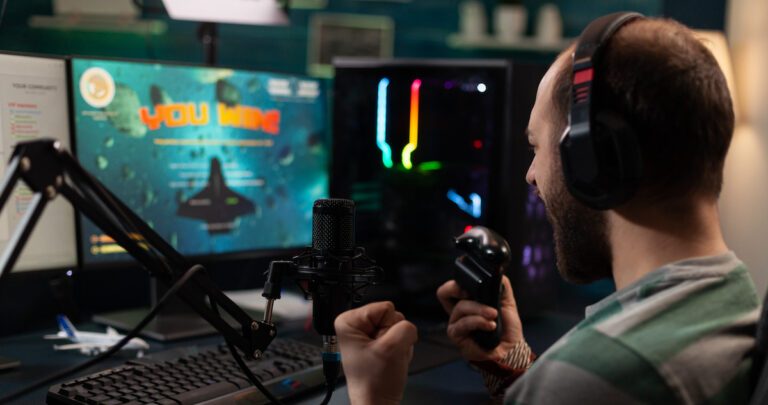If there’s one marketing strategy that has been underestimated, it’s the social audio strategy.
It’s now 2022, and with the recent marketing trends that are starting to show their power (TikTok, creator marketing, short-video content, social selling), social audio strategy seems to contend for a spot in business-owners and marketers’ minds.
A whopping 74.2% of respondents (business-owners) in Hootsuite’s 2022 Social Media Trends survey said they’re planning to invest in audio-only content in the next 12 months. Have you thought about investing in audio-only content?

Be heard
Trends are ever-so interesting when they emerge.
When TikTok came around, people scoffed. Now look at the social platform that’s growing like bamboo (fun fact: it’s the fastest growing plant on earth).
Now it’s social audio’s turn. Usually, when we think of kickass social content, we think exciting visuals, exciting audio, music, visual effects — the works. But to think that pure audio of people talking is the next thing? It’s a big step down from the intensive production we expect from killer content.
We can’t say we at Voice123 are surprised. We’ve always known that the human voice is the pinnacle of effectiveness when connecting with audiences, telling stories, and building bonds. So when Hootsuite is saying social audio strategy is the next focus, we nod our heads and say it’s about time.
What is a social audio strategy?
Social audio strategy is a vague and encompassing term. But essentially, it’s podcasting; although it’s quickly evolving to show more forms than traditional podcasts. Now, we’re starting to see Clubhouse, Meta’s Soundbites and Live Audio Rooms, and Twitter’s Spaces. More on this later.
According to Hootsuite, hosting and leading audio live streams as thought leaders was the most popular option of investing in audio-only content. This makes a lot of sense. People these days are looking for information, especially in the form of audio. It’s simple, direct, easy to digest, and trending.
Just last year, we wrote about how to start your greatest podcast, and why you should. Podcasting is an excellent way to increase brand awareness, build an audience, and connect with them on a deeper level. Social audio strategy is simply acting on these opportunities.
Your strategy in action
Say hello to Clubhouse, self-proclaimed ‘the’ social audio app. Clubhouse encourages you to explore its ‘hallways’, discover millions of ‘rooms’ and join live conversations where experts and non-experts congregate.
It really could be the social audio app, though it’s hard to tell at the moment (momentum has seemed to stall as competitors like Meta and Twitter caught on). Still, Clubhouse launched in April 2020, and exploded in growth as the fastest-growing social media app in history towards the end of last year. So it shows that there’s definitely an interest in social audio.
Meanwhile, Meta (aka Facebook), developed Soundbites — short-form audio posts up to 5 minutes long — and Live Audio Rooms. Twitter created Spaces, both of which look awfully similar to Clubhouse. In any case, these big businesses are enabling people to listen to their favorite artists, experts and public figures as they speak about topics they’re interested in.
The ability to establish yourself or your business as a thought leader in the industry is a big opportunity. Content as it is now — mainly short-form and bursts of entertainment — is often too ephemeral and fleeting. Sure, Tiktoks, Reels and YouTube Shorts are the hype right now, but people still yearn for deeper connections and more thoughtful conversations.
What you can do with your social audio strategy

Implementing a social audio strategy in your marketing can be a particularly challenging task.
You need thought-leaders, moderators, and resources to start building an audience. If nobody in your business fills the thought-leader role, you may have to think about partnering with an influencer who will host these conversations for your company.
Also, it seems as though people on social audio apps won’t be interested in businesses as much as they’re interested in people. The focus might have to be on the person representing your business rather than the business itself, which is quite the different headspace.
In any case, it’s a good time to start thinking about how you might enter the social audio space. What’s your expertise? Who would be good to have conversations with? What would your audience find useful, interesting or entertaining?
In closing…
It’s good to start now, as the social audio spaces aren’t saturated. And we all know how fast these trends grow these days. It’d even be good to just take a tour of the apps and spaces that are available now to get a sense of how people are doing it, and get acquainted with how you might execute your social audio strategy.
The prospects of social audio are unbound and free. There’s a sort of refreshing take on content as the focus shifts from businesses to people, from busy visuals and hyper TikToks to longer, meaningful conversations.
It’s a nice change of pace, and we hope that you can comfortably find your place in it. That’s all we have this time, we’re wishing you the absolute best in developing your social audio strategy!



